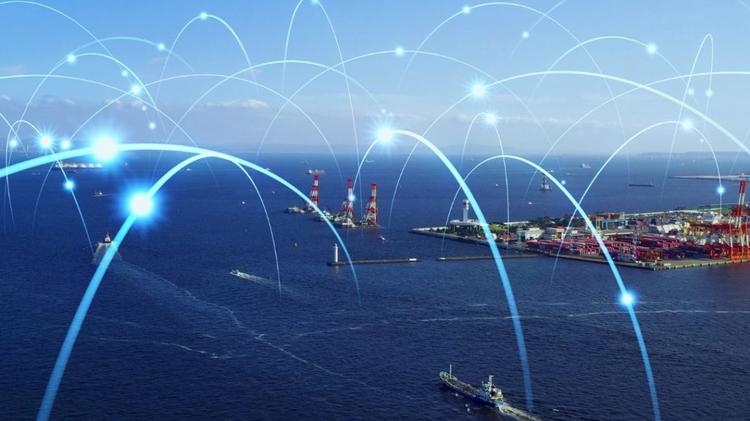
The newly issued regulations have been published digitally as a compliance solution.
After six months of writing, Lloyd’s Register has issued the first maritime hydrogen fuel rules in the world in a 32-page “Appendix LR3” component of the Rules and Regulations for the Classification of Ships using Gases or other Low-flashpoint Fuels.
The regulations were published as a Notice to be used as a digital Regs4ships compliance solution.
The solution is available digitally, powered by Lloyd’s Register Group member OneOcean as of July 3, 2023. They provide both general and specific hydrogen fuel rules ships using H2. The intention of these regulations is to fill the IMO International Code of Safety for Ships Using Gases or Other Low-flashpoint Fuels (IFG Code) gap, as it does not yet provide guidance for using H2 safely.
The new appendix points out that it has been written to establish consistency with the also recently published Appendix LR1, which provides guidance to ships using methanol or ethanol, as well as Appendix LR2, which addresses the use of ammonia.
Lead Specialist at Lloyd’s Register Liam Blackmore explained that the new appendix provides designers the understanding they need for the use of H2 to achieve the performance required for a vessel to safely and reliably operate regardless of whether the H2 is in liquid or gaseous form.
The new hydrogen fuel rules appendix is specific to the additional hazards related to handling H2.
For instance, details are provided with regards to bunker stations that could use H2. This section was based on bunker stations using liquified natural gas (LNG), mirroring the safety requirements already in place. It assumed the regulations in place for LNG bunker stations and pointed only to the additional hazards relating to handling H2.
In that case, it stated that “the bunker station shall be located on the open deck with minimal congestion and with an unobstructed dispersion path for reasonably foreseeable leakage scenarios.” Aside from that, all other regulations would remain in place as established for LGN bunker stations.
ther new hydrogen fuel rules include scenarios in which leakage must be detected as a component of an explosion analysis and to “identify, detail and justify the environmental and arrangement factors” for each circumstance.